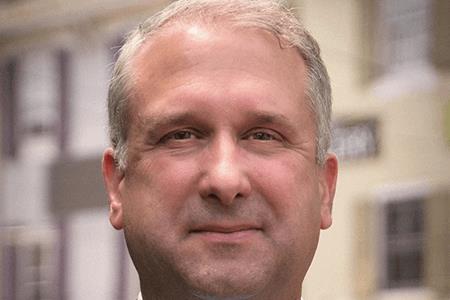5 Areas To Focus On To Improve Drug Development Productivity
By Dan Patrick, senior consultant, TayganPoint Consulting Group
 Much has been written about opportunities for improving the drug development process. Although there are many areas ripe for process improvements, let’s focus on the following five:
Much has been written about opportunities for improving the drug development process. Although there are many areas ripe for process improvements, let’s focus on the following five:
1. R&D PORTFOLIO PRIORITIZATION
A key first step is ensuring R&D projects are aligned to the strategic goals of the company. For smaller biotechs, there will likely be time and cost pressure due to a limited “runway” of available funding as well as intense pressure to monitor the burn rate of spend. This step also can eliminate extraneous projects and bring sharper focus to the allocation of your R&D resources.
2. CLINICAL STUDY PROTOCOL DESIGN AND PROTOCOL AMENDMENTS
It pays to build in quality up front at this stage. Taking the time to craft a clear, well-written, and detailed clinical study protocol will help save the company valuable time and money by reducing the number of amendments or changes to the protocol as the study progresses. For every material amendment to the protocol, the company will spend time rewriting the document as well as communicating the changes to internal staff and clinical study investigators. If using a CRO, they will likely charge a substantial fee for each amendment.
3. ACCURATE PLANNING OF STUDY STARTUP
Many new clinical studies are scheduled to commence in the first quarter of the year. This creates the potential for resource bottlenecking. If the volume of projects in the R&D portfolio is sizable relative to the company’s pool of resources, the caution is not to be too optimistic about the firm’s ability to execute the full slate of new studies in such a short time frame. Also, remember that clinical study investigators and CROs are likely being inundated by similar requests from other pharma/ biotech firms to kick off studies early in the year. On the flip-side, there is a significant cost associated with holding internal resources, such as clinical monitors and clinical supplies, in queue waiting for a study to start. Minimizing this wait time by staggering study starts throughout the year enables investigator kickoff meetings and study-planning activities to be more tightly coordinated for more efficient and productive study startup across the R&D portfolio.
4. STUDY OVERENROLLMENT
Clinical statisticians ensure a study is “powered” to achieve the statistical significance required for data-set analysis and FDA filing. While the clinical study team may deliberately choose to overenroll patients in the study as an extra measure to ensure greater statistical significance, close monitoring and frequent updates of patient recruitment and enrollment can help ensure the study does not have unnecessary overrun. Costs for overenrollment can be very large when considering the investment in additional drug supply as well as site monitoring — not to mention the delay it causes in getting the new drug to market.
5. DISCIPLINED GO/NO-GO DECISIONS
Having a clearly defined and documented set of project evaluation criteria is essential to make the critical go/ no-go decisions as an R&D asset moves through the pipeline. Examples of such criteria may include:
- NPV (net present value) analysis for the project life, highlighting key assumptions and primary drivers of value
- sensitivity analysis on sales, operating expenses, number of patients under treatment
- scientific merits of the study, including objective opinions from KOLs, if required
- demonstrated alignment with the company’s strategy.
Adhering to an objective set of criteria with which to evaluate R&D projects also will permit decision makers to remove emotion from the decision-making process and simplify communication of portfolio decisions to various internal stakeholders within the organization.
